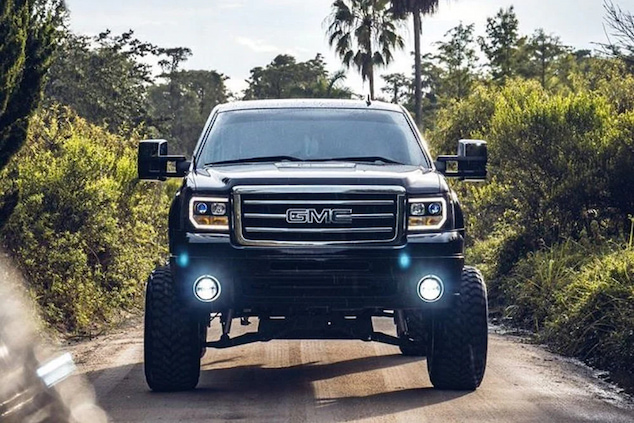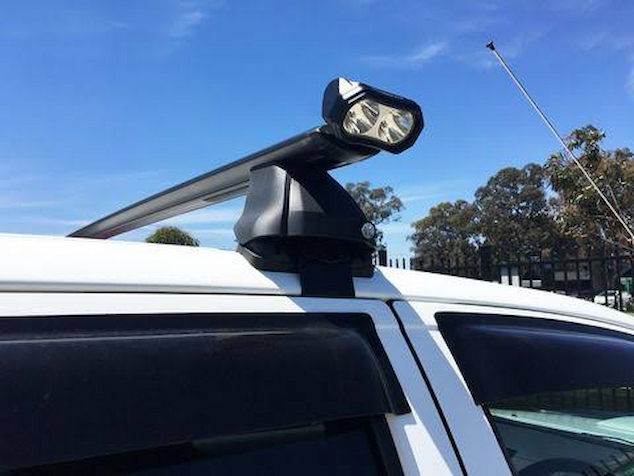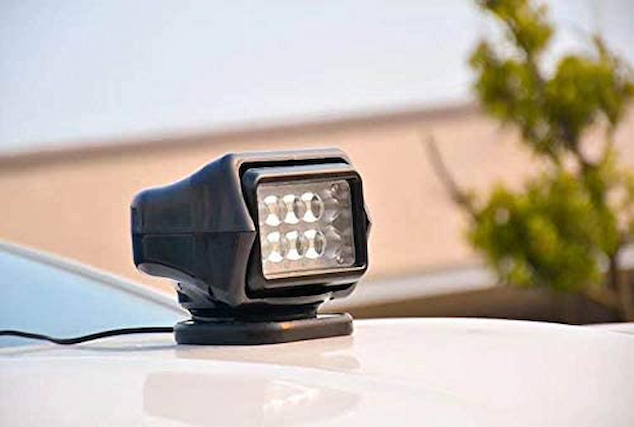Contents
Work lights are dependable, robust, and efficient lighting solutions added to any vehicle used on the job. Typical examples include emergency vehicles, mining and construction machinery, equipment used in roadworks, forklifts and cranes, and commercial trucks and vans. Work lights can also be seen as standalone units in warehousing, manufacturing facilities, agriculture, fishing, and other industries.
They differ from ordinary lights in that they need to work under particularly harsh conditions, deliver reliable lighting and have inbuilt safety features for when something goes wrong. Smaller units have been adapted for use across different 4WDs, utes, and passenger cars.
Why Choose Dedicated Work Lights?

Work lights are fitted to many vehicles with the purpose of providing additional illumination besides the vehicle’s standard lighting. Technology has moved away from traditional halogens and today buyers will find a range of LED work lights for just about any job possible.
These come with higher brightness levels, use considerably less power, have much longer lifespans, produce little to no heat and are built tougher. Work lights are also sold in different beam patterns. This makes them more than capable of illuminating typical worksites, but also a sound solution in vehicle and home repairs, camping and recreational uses, and off-roading.
How do Work Lights Differ?

When optioned with LED work lights work wonders, complementing the available light from head and driving lights. They’re more compact yet still shine bright, are easily mounted to different parts of the vehicle, and come in as much cheaper. These are not their only pros though.
Durability and Build
LEDs don’t have filaments or glass elements that are prone to high heat, advanced damage, and reduced longevity. A light emitting diode used for work purposes then can handle tough working conditions while still providing consistent light where and when it’s needed. LEDs aren’t affected by vibration and won’t break or burst when dropped or knocked and can survive energy surges.
Safety
Housings and covers are built tough to withstand high impact, heat and exposure to chemicals, liquids, and dust. In addition, there is no heat generated, so there is no cause for concern when using LED work lights in hazardous conditions.
Efficiency
When looking at work lights, consider the balance between lower power use and high brightness. The LED work lights need little power, outperforming traditional bulbs in every way. A 10 or 20W work light will illuminate more of the work area with high doses of light while using very little power. This benefits users in that more than one work light can be fitted without straining the power source.
Size and Weight
LEDs can be sized in smaller dimensions without impacting performance. This means that they can be used in spaces with restricted access, and where other lights just don’t fit. Work lights fitted with LEDs also have smaller housings and reflectors, and this significantly reduces overall weight. Most are under 300 grams, including the mounting brackets, and no larger than 10 cm wide and 5cm deep.
Performance
The compact dimensions of LED working lights mean that even smaller designs provide more than sufficient lighting. Of course, buyers can go for larger and more powerful units or ones that also emit infrared light. In addition, light is almost instantaneous, and operating the lights won’t degrade the circuitry or wiring.
Longevity
LEDs are rated to last 50 000 working hours. Better LEDs chips are employed in work lights and will double that figure. By comparison, even the best halogens are rated for 2000 hours or less. There will be less downtime in replacing bulbs, and the initial higher costs are soon redeemed.
What to Look for in Work Lights

Focus on things like:
- Beam Types – Work lights are available in different beam patterns. Ultra-flood lights will have a light spread of over 25 metres to either left and right sides while shining to a distance of over 40 metres in the brightest setting. Standard floodlights reach further, or 110 metres, but have a narrower spread of light. If you need light dispersed further out, for instance, one mounted to a motorbike or atop a camping trailer, then the 300+ metres of visibility of spotlights is what to get.
- Mounting Hardware and Wiring – Some lights come bare, without the necessary mounting brackets, clamps, bolts and nuts, in order to reduce costs. In addition, vehicle-compatible connectors and wiring harnesses might need to be bought separately. To save time and hassle, consider where you’ll be mounting the work light and get this packaged with the right mounting hardware and wiring.
- IP Ratings and Certifications – For your LED worklight to last, ensure that it comes with an IP rating that warrants the light won’t lose its shine because of heavy rain, extreme temperatures, exposure to dust and particles and when struck by hard or sharp objects. IP69K is the standard to go for. There are also local and regional electronics certifications, like the RoHS standard, that restrict the use of potentially dangerous substances which can cause health and safety hazards.
- Power – Most vehicles will be running a deep-cycle secondary battery and this removes the possibility of draining the vehicle starter battery. Better work lights have included safety features like over, under and reverse voltage protection that prevents damage to batteries, wiring or lights when incorrectly connected as well as surges or faults from the secondary battery.




Comments are closed.